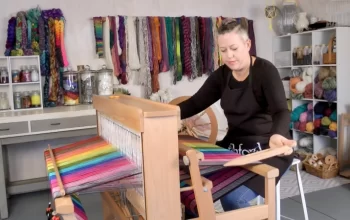Kalamkari art isn’t one of India’s top-selling crafts, but it’s a beautiful craft that deserves more attention than it gets. It’s an ancient art form with roots in mythology, which makes it incredibly fascinating to the curious travelers in India who wants to learn about the culture and history of this ancient country. Here are some interesting facts about Kalamkari Art you may not have heard before.
Fact #1 – Kalamkari Is An Ancient Art
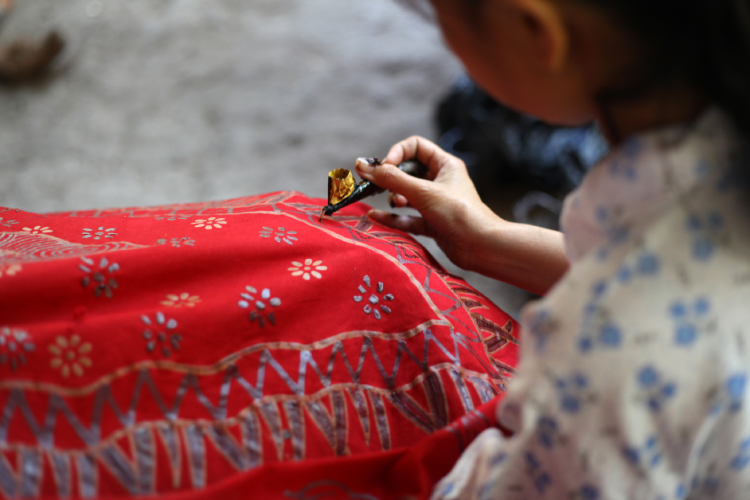
Kalam means pen, and Kari stands for painting. In English, it would be called pen painting or brush-painting. It is a traditional folk art in Andhra Pradesh and Telangana and is practiced widely by Muslim weavers of Tirupati, Palakollu, Rajahmundry, Khammam, etc. They weave saris with kalamkari designs on them. Even in a rural households, people observe many rituals while practicing Kalamkari paintings. Usually, men are engaged in making these paintings. Still, women also have their design templates to make geometrical patterns on fabric rich in color application and embellished with gold work all over.
Fact #2 – It Was the Traditional Way of Transmitting Knowledge Across Generations
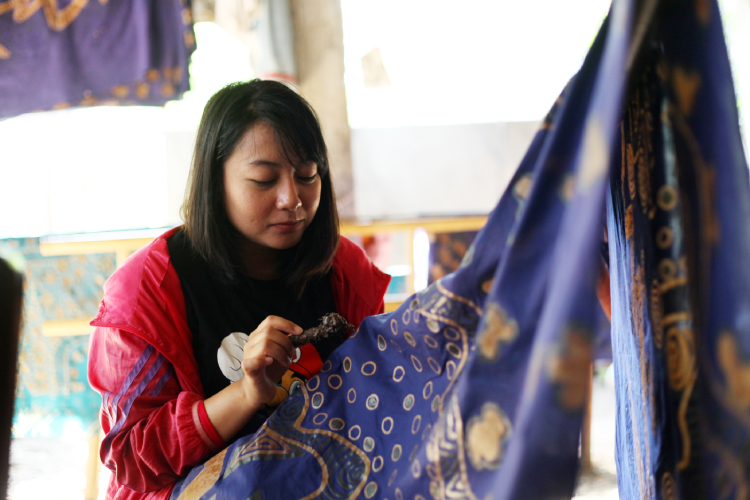
Before we had books to carry knowledge across generations, it was usually preserved by passing it orally to a family member who was expected to memorize and later recite it. Each kalamkari piece is an aid in that respect, with complex tales from history or myth translated into visuals that are easier to remember. There are many motifs of nature in which more elaborate tales have been depicted, each catering to different levels of knowledge. These pieces have since taken over as artworks, but they’re also a link between present-day societies and their past – much like reading traditional texts written in Sanskrit or Pali is today.
Fact #3 – It is One of India’s Greatest Undiscovered Treasures
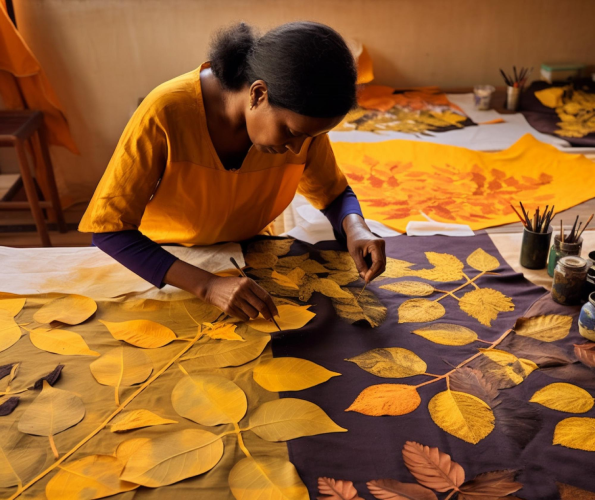
The uniqueness of India’s painting tradition is that several art forms were invented here, making India one of the few places where local artisans created their own unique styles. Perhaps no other art form represents India’s unique style quite like kalamkari—the colorful, intricate paintings done on fabric with small fishbone-like needles and very little water. It’s an ancient art form that was once found on everything from textiles to temple walls but is now almost entirely restricted to wall hangings that adorn homes and temples. Despite its extensive history, kalamkari remains relatively unknown outside of India. As an art form, it may just be one of India’s greatest untapped treasures—that is, unless people know about it.
Fact #4 – Kalamkari is as mystical as a textile
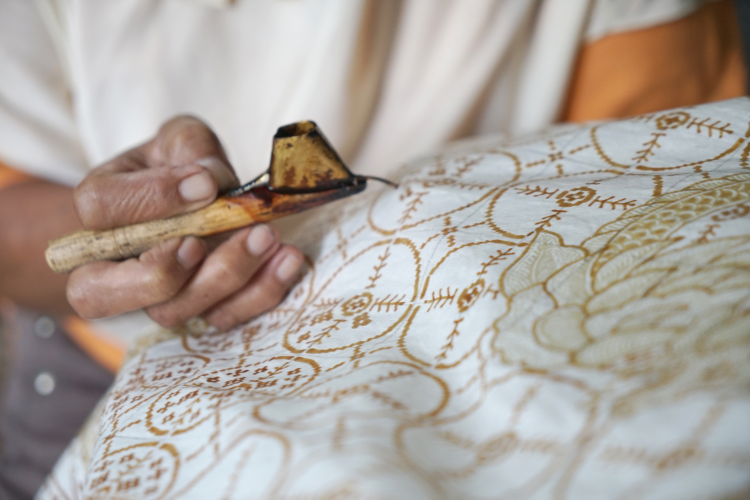
In India, arts and crafts are inextricably linked with their spiritual culture. Everyone who knows about Kalamkari believes it to be as mystical as a textile. Even now, when you talk of a particular kalamkari piece, it is believed that to increase its value, one should mention something about its spiritual powers. Many people believe that if you have a small piece of art on your body (like a scarf or a necklace), it will protect them from evil influences and bring about positive change in life. The soul always transcends all words, spoken or written.
Fact #5 – None of These Painting Techniques Have Ever Been Patented in India
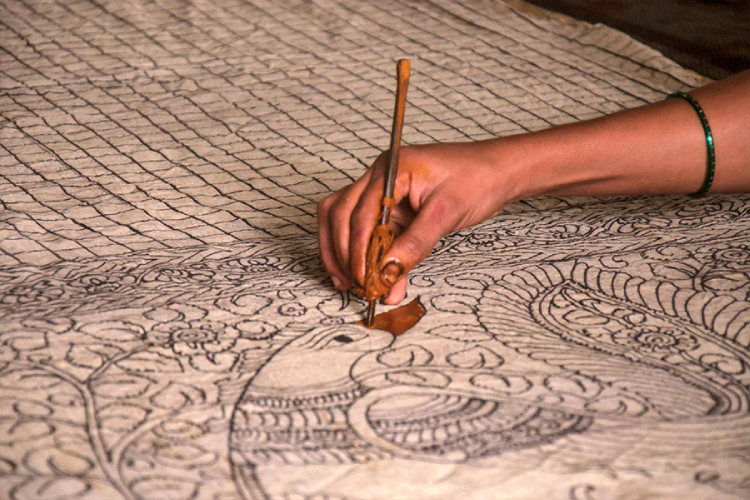
As Kalamkari is such a unique and diverse artistic technique that has existed in India for centuries, it’s no surprise that it hasn’t ever been patented. The mystics who practice kalamkari believe they have been gifted with their creativity by God and want to share it with others. As kalamkari isn’t based on a specific formula or design, anyone can learn how to do it, and there are schools throughout India where people teach beginners. Because of its incredible versatility as an art form and method of painting, kalamkari is seen by many Indians as a sign of strength and hope for their culture to survive.
Fact #6 – Every Style Has A Meaning

Each pattern in kalamkari art has a specific meaning and is used to convey different messages. Here’s a look at some of them: Coral Tree – it brings good health and fortune; Kite – symbolizes the creation of new things and ideas; Lotus Flower – represents modesty, purity, prosperity, and fertility; Peacock Feathers – it signifies luck, wisdom, dreams, and beauty.
Fact #7 – Kalamkari is known to be a healing fabric
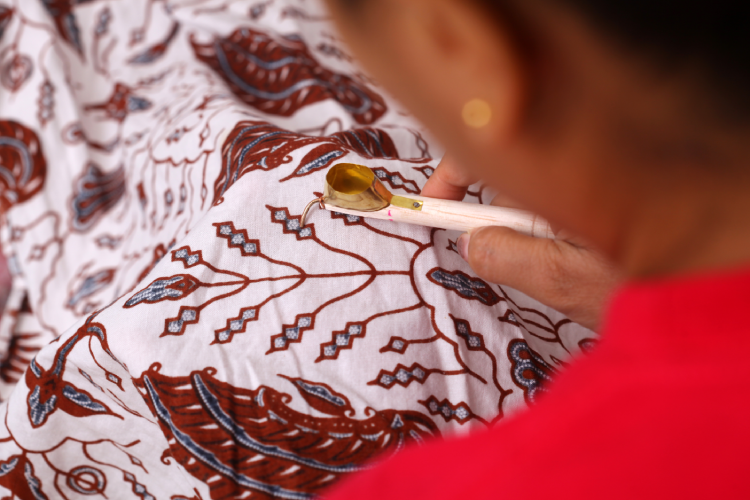
A special healing fabric, designed to be worn as a shawl around a feverish child’s neck in India, is also woven with kalamkari patterns. When woven specifically for use around a child’s body, these kalamkari shawls are said to have magical properties. The fibers of such fabrics have anti-bacterial and anti-septic properties that help prevent infections and allow wounds to heal faster while also aiding in soothing aches and pains. The shawls are known to be useful against rashes caused by chickenpox or measles.
Fact #8 – 23 steps are required to be followed to make the art of Kalamkari
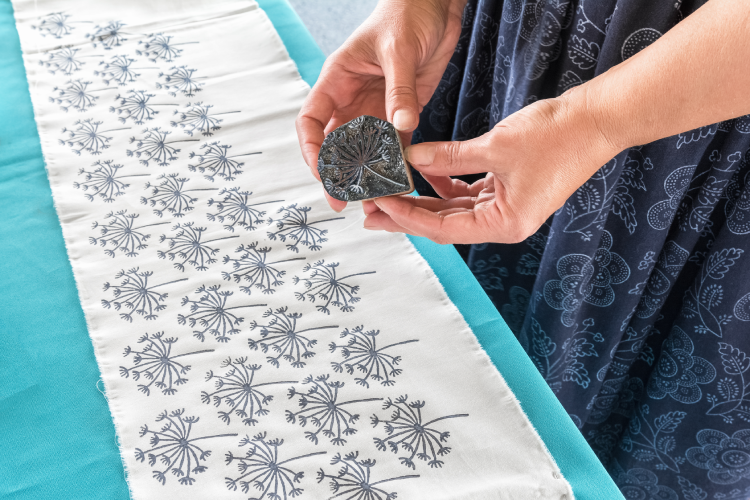
The more you dive into kalamkari, both as an artist and a student of its history and practice, it is impossible not to be fascinated by the incredible detail that goes into making one piece. The process of creating a kalamkari is an extremely involved one, which takes place over several weeks and requires numerous steps. Despite its complexity, there are only two primary techniques for creating kalamkari block printing or hand painting. Each method can take many weeks to master. For example, block printing typically involves carving wooden blocks and applying color with woodblock stamps. Hand painting on fabrics includes complex stencil work, including many hours of preparation before painting even begins.
Fact #9 -Pitchuka Veera Subbaiah, the founder of Kalamkari in Pedana
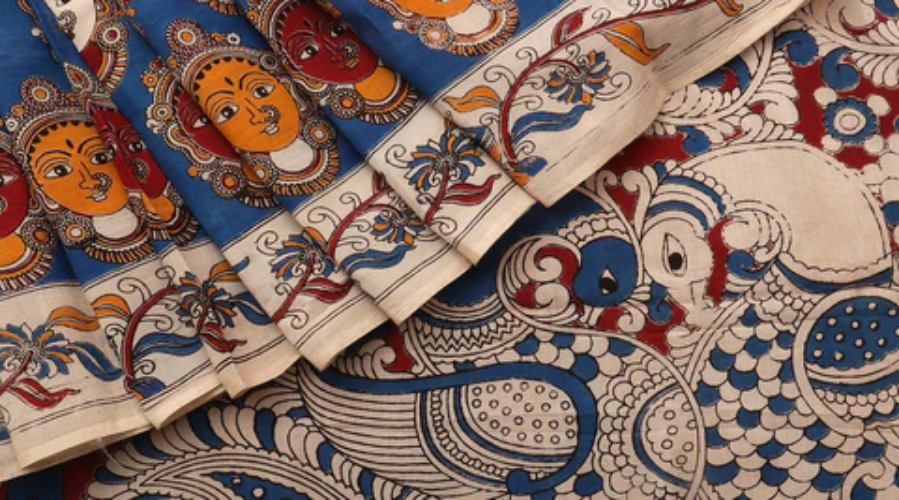
As we all know, and rightfully so, Kalamkari originated in Andhra Pradesh. Despite all its glory, it has not become as popular as it should have been. Pinchuk Veera Subbaiah was responsible for bringing fame to Pedana, where kalamkari was practiced to perfection. Subbaiah was born in 1849, and his original name was Venkatachala Sharma. He adopted Pedanakalasapati before becoming Pitchuka Veera Subbaiah. He learned to do kalamkari at Dharmavaram from Gopu Mahayudhapani.
Conclusion:
The art of kalamkari is one that, sadly, has been fading over time. This mystical and wonderful art form that dates back centuries is almost lost to the world. What can be done to save a piece of our rich culture? All it takes is a small step. If you find yourself in India anytime soon, be sure to make your way down to one of many villages that still hold on tight to their traditional methods for doing kalamkari work. Then and only then will you truly understand how beautiful and intricate these pieces can be when viewed from up close.




